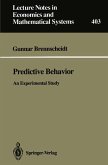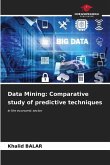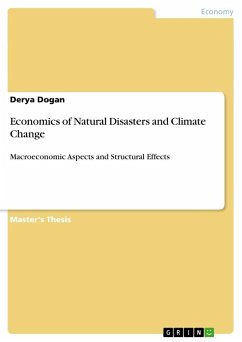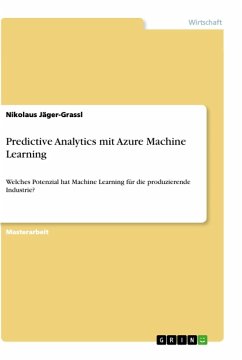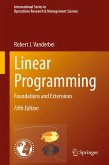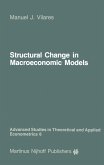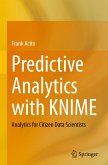Master's Thesis from the year 2011 in the subject Economics - Macro-economics, general, printed single-sided, grade: 81 %, University of Southampton, course: Econometrics, language: English, abstract: The concept of predictive regressions has been studied for over the past 20 years and its application is particularly present in applied economics, finance and econometrics. The basic set-up in the predictive regression framework associates the noisy explained variable with the lagged persistent regressor, which can be characterized as a process close to the unit root process. In my work I describe the relevance and implications of an adoption of the linear predictive regressions in forecasting the volatile stock return using the lagged variable, dividend-price ratio, which is highly persistent. Subsequently, I aim to answer questions whether the excess stock returns are predictable using dividend yields and whether the predictability is stable over time. The analysis I conduct, based on financial data, aim to detect the hypothetical presence of structural breaks in the model. In order to search for the structural instability of coefficients I construct a Wald test for each possible structural break location and investigate the accuracy of the SupWald statistic and its tabulated critical values in the framework described. Having obtained the test statistic for each of the possible break-points, I describe predictive power of explanatory variable and provide economic rationale to support some of the statistical outcomes.


